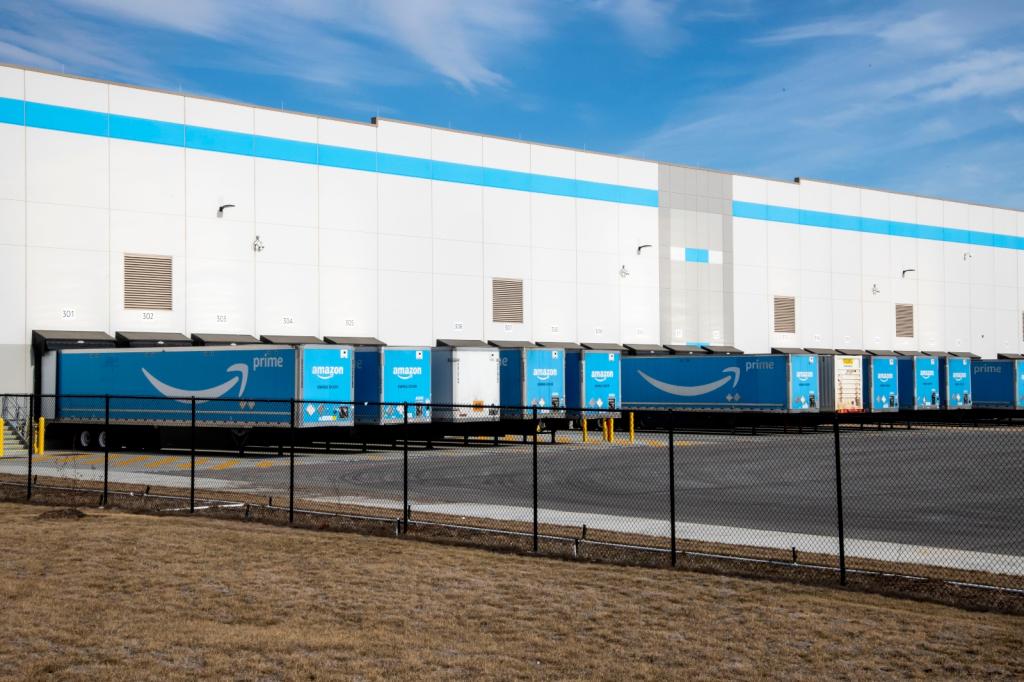It’s Tuesday, July 7, and things are not looking good for the Keystone XL pipeline.
![]()
It has been a very bad week for oil and gas pipelines. On Monday, the U.S. Supreme Court dealt a blow to the Keystone XL Pipeline by affirming a lower court ruling that canceled a key permit for the project, and another court shut down the Dakota Access Pipeline pending an environmental review. And all that comes on the heels of Sunday’s announcement that the Atlantic Coast Pipeline is canceled.
The Keystone XL, a 1,200-mile expansion of the existing Keystone Pipeline, would carry 35 million gallons of crude oil every day from Alberta, Canada, into Nebraska if completed. Along with up to 70 other pipeline projects nationwide, Keystone XL had been granted a fast-tracked permit by the U.S. Army Corps of Engineers for building across bodies of water. An April ruling by U.S. District Judge Brian Morris in Montana invalidated Keystone XL’s permit, siding with environmentalists arguing that the Corps was allowing pipelines to move forward without sufficient environmental reviews required by the Clean Water Act. The Supreme Court’s decision on Monday upheld Judge Morris’s ruling, forcing the company behind it, TC Energy, back to the drawing board. But it allowed other companies to keep building pipelines while they’re under environmental review.
This Supreme Court order will further delay — but not completely block — construction of the pipeline and could add as much as $2 billion in costs. Keystone XL isn’t dead yet.

The Smog
Need-to-know basis
After years of controversy, the Trump administration this week authorized exports from what would be the West Coast’s first liquid natural gas terminal, a huge project based in Coos Bay, Oregon. If approved by Oregon officials, the terminal would transport as much as 1.08 billion cubic feet per day of natural gas to Asian markets.
![]()
New research suggests that livestock produces 65 million metric tons of nitrogen per year — potentially exceeding a “planetary boundary” for safe levels of nitrogen emissions, contributing to air and water pollution and exacerbating climate change. Most of the nitrogen stems from livestock waste and the crops grown to feed animals, the researchers found.
![]()
In a worst-case climate scenario where the planet warms by 4 to 5 degrees C (7.2 to 9 degrees F), 60 percent of the world’s fish species will be unable to survive in their current habitats, according to a new study published in the journal Science. Rising temperatures reduce the availability of oxygen, making it difficult for fish like cod and salmon to reproduce.



